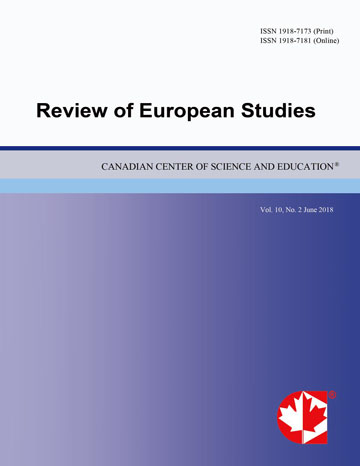Experiences from Assessing Safety in Vingis Park, Vilnius, Lithuania
- Vania Ceccato
- Magnus Hansson
Abstract
The aim of this article is to suggest a multi-method approach for assessing safety in parks. The study is based on the analysis of police crime data combined with information from a safety walk and safety survey of park users. The framework is tested in an urban park, Vingis, in the inner city of Vilnius, the capital of Lithuania. Findings show that Vingis is perceived as a safe park, but, compared with police statistics, the survey and the safety walk provide a more nuanced diagnostic of safety in this green area. Vingis’ safety is compromised by car traffic and illicit parking practices, the park’s poor capacity to accommodate users’ needs (e.g. the elderly, parents with small children, young people) and the inadequate infrastructure for users at certain times, such as in the evenings and dark months of the year. Patterns of safety expressed by citizens of Vingis park do not differ from the ones found in parks elsewhere (both in relation to their physical and social environment), despite the recent transformations Vilnius, as the capital city, has overcome since the country’s independence. The article concludes with an assessment of the proposed framework and directions for research and intervention.
 PDF
PDF
